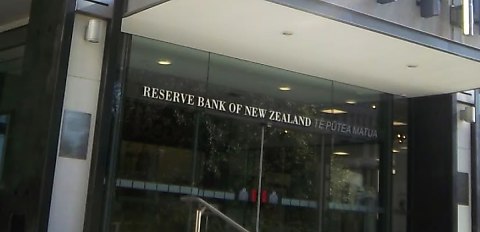The Reserve Bank of New Zealand (RBNZ) — Te Pūtea Matua — has confirmed its proposal to ease mortgage loan-to-value ratio (LVR) restrictions.
The decision came after a review of feedback received and it is aimed at striking a balance between promoting financial stability and allowing greater access to mortgage lending for owner-occupiers.
The RBNZ had initially implemented mortgage loan-to-value ratio (LVR) restrictions in March 2021 and subsequently strengthened them in May and November of the same year.
However, in April 2023, the bank revealed its intention to permit more lending to borrowers in the highest-risk bands.
The new rules, set to take effect from 1 June 2023, will result in an increase in the limit on loans to borrowers with an LVR above 80 per cent (with a deposit above 20 per cent) from 10 per cent to 15 per cent of total new bank lending for owner-occupiers.
Additionally, for investor lending, banks will have a 5 per cent limit of total new investor loans with LVRs above 65 per cent, up from the previous 60 per cent.
The decision aims to strike a balance between promoting financial stability and allowing greater access to mortgage lending for owner-occupiers by allowing more lending to borrowers in the highest-risk bands.
The RBNZ also observed its LVR “speed limit” rules were restricting lending to some creditworthy borrowers. Deputy governor Christian Hawkesby thanked industry participants for their constructive feedback.
“In making this decision it is important to reiterate our assessment that the risks to financial stability posed by high-LVR lending have reduced to a level where we believe the current restrictions may unnecessarily reduce efficiency,” Mr Hawkesby said.
This decision by the RBNZ is expected to provide more opportunities for borrowers with smaller deposits to enter the housing market, while still maintaining prudential safeguards to ensure financial stability.
APRA has not imposed LVR limits
In contrast to the Reserve Bank of New Zealand’s decision to ease lending restrictions, the Australian Prudential Regulation Authority (APRA) has not imposed loan-to-value ratio (LVR) limits on Australian bank lending.
Instead, APRA has focused on reducing lending with high debt-to-income (DTI) ratios, recognising the risk associated with high levels of household debt in Australia.
In fact, the International Monetary Fund (IMF), an organisation dedicated to promoting sustainable growth and prosperity in financial markets worldwide, has ranked Australia as the second-highest country in terms of “housing market risk”, trailing only behind Canada.
Several factors contribute to Australia’s high housing market risk, including housing debt accounting for approximately 145.4 per cent of the country's total disposable household income (around $2 trillion) as of June 2022. Additionally, Australian home values experienced a substantial increase of 25.4 per cent between March 2020 and March 2022.
However, the 3 per cent serviceability buffer imposed by APRA, continues to face criticism for potentially holding back prospective home buyers from entering the market, as it adds an additional buffer to borrowers’ ability to service their loans.
[Related: Interest rate buffer should be reassessed: FBAA]

